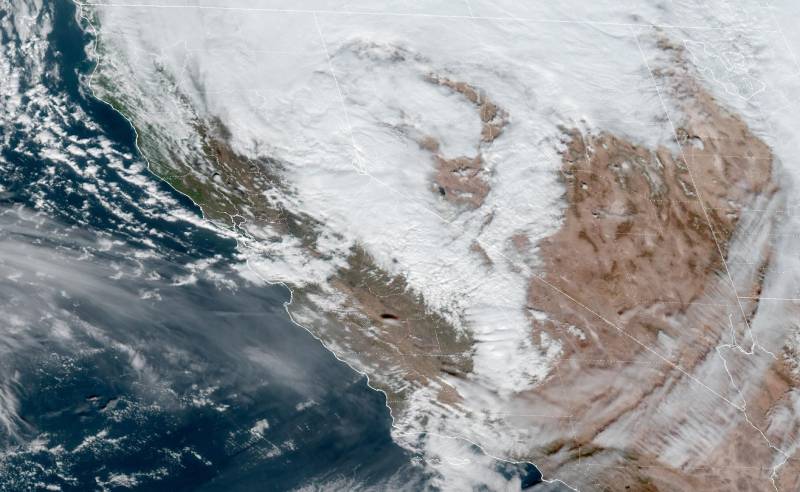“It’s not unusual for us to issue warnings on storms that are out over the waters that have the potential for water spouts,” meteorologist Dalton Behringer said, adding that it’s rare for the area to see a risk of tornadoes on land.
“If we’re going to get a tornado, it’s most likely going to be a water spout that comes ashore,” he said. “It kind of looked like that was the case with the storm. And that’s why we issued the tornado warning.”
Behringer said the heaviest part of the storm had passed. There are reports from San Francisco about flooding on ramps, but “thankfully, no widespread river flooding as of yet,” he said early Saturday morning.
The North Bay remains under a flood watch through Sunday, and storms will continue this weekend, including possible lightning strikes and minor coastal flooding.
The NWS has also issued a frost advisory for parts of the North and East Bay, in effect from late Saturday through 9 a.m. Sunday. Temperatures are expected to drop to the low 30s. Cold conditions could be hazardous to sensitive populations such as unhoused individuals, the NWS said.

